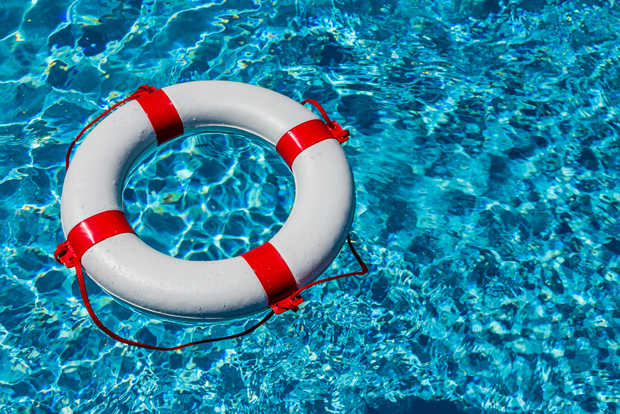 BY GARY CONKLING | GUEST BLOGGER
BY GARY CONKLING | GUEST BLOGGER
Avoiding a crisis is a great way to burnish your reputation, increase brand loyalty and become a market leader.

BY GARY CONKLING | GUEST BLOGGER
The best crisis is the one you can avoid. Avoiding a crisis is a great way to burnish your reputation, increase brand loyalty and become a market leader.
A great example is Tillamook Cheese®, which eliminated the growth hormone rBST from its dairy herd despite the short-term impact on productivity and pocketbook. It acted to avoid a future crisis with its consumers who had mounting worries about long-term negative health effects of growth hormones in milk products. As the first major dairy to drop growth hormones, Tillamook earned deeper brand loyalty and expanded market share.
Avoiding a crisis requires discipline, candor and self-confidence. You have to look honestly at what you do and seize opportunities to make changes that reduce risk and benefit customers.
Companies like Tillamook® follow a simple, yet disciplined approach to risk avoidance:
First comes an issue audit that identifies all existing and potential vulnerabilities, which can include environmental exposure, legal issues, financial weakness or competitive pressures.
Next comes an analysis of the consequences and probability of each vulnerability. Something with a massive consequence, but a low likelihood of occurring is less worrisome than a problem that is highly likely to occur.
The consequence and probability matrix then undergoes a cost-benefit analysis. A high-risk vulnerability with a relatively low cost to eliminate is a no-brainer to fix. A key factor in this analysis is whether or not you have the control to fix a problem, as Tillamook® did by deciding to drop rBST.
Some CEOs think it is a waste of time, resources and money to examine the chassis when the car is running just fine. But as we all have experienced, cars stall at the most inopportune times and locations.
Problems can erupt even when you do nothing wrong – say, when a trusted employee with fiduciary responsibilities embezzles money. All of a sudden, there you are in a harrowing situation, facing a wall of microphones and watching yourself on the nightly news. Or worse, facing tough questions from your customers.
Some risks are unavoidable. But many are avoidable – if addressed.
When you put your reputation first, you recognize the value of identifying, examining and ranking the risks you face. You also understand the benefit of taking steps that minimize or eliminate risks that fall largely or solely under your control.
Fixing those risks can keep you off the front page while creating differentiation that puts you top-of-mind for your customers, constituents or stakeholders. Reducing risk is the surest way to grow your reputation.
- For more Crisis Communications advice from Gary Conkling, visit the CFM Crisis Ebook. You can connect with Gary Conkling on LinkedIn.

 BY GARY CONKLING | GUEST BLOGGER
BY GARY CONKLING | GUEST BLOGGER

